This past weekend I was able to attend my very first ever “Riichi Mahjong Tournament” (quotes and capitalization used to convey my sense of awe), and to put it simply, I had a blast. I managed to do well at the tournament, and accomplished a number of things I can feel some sense of pride in. On the other hand, I made a number of mistakes that are a sign of my own greenness in competition. I’ll be trying to make this post fairly accessible, but keep in mind that I’ll be throwing a bunch of terms around, so it may wind up being obtuse for those unfamiliar with mahjong.
One thing that I realized while playing with the USPML over the last couple of years or so is that my mahjong stamina is not so great, and knowing that each day of competition would last many hours I tried to make up for it as best I could. I ate balanced breakfasts (making sure to include one egg for protein content) but also tried to avoid overeating (an easy problem for me to fall into), I took effort to stay hydrated, and I avoided overly sugary snacks in order to prevent a sugar crash at crucial points. I think it worked out okay in the end, though I still felt a sense of fatigue after a while which I think compromised my play.
In general, I’m not much of a tournament person for games at all (in my life, I’ve attended one Guilty Gear XX tournament, a handful of Smash Bros. tournaments, and some online Pokemon stuff back in the day), but I have to say that it was genuinely fun and exciting. This offline tournament was an intense experience with a really fun social component, both outside the game talking to fellow players, as well as inside the game. I think on some level riichi mahjong feels especially social because the rules, however daunting they may be for players to learn, encourage a high level of interactivity where you have to battle your opponents machinations as well as your own greed and cowardice. I might even go as far as to call mahjong a kind of window into people’s souls because of how the luck component combined with the potential decisions one makes in response to them shows how people may end up responding to situations beyond their or anyone else’s control. Go watch Akagi, and Akagi’s comment about someone being “weak against coincidence” makes that much more sense.
Interestingly, unlike the USPML which consists of mostly young folks who were exposed to mahjong through anime, the Dutch mahjong scene consists of older people (most at least 40 and up I would reckon), who came to it after playing other forms of mahjong. Talking to some, they had started to tire of the other formats and found riichi more exciting and interesting. I’ve never played other forms so I can’t agree or disagree, but I feel like I can see where they’re coming from given the interactivity of riichi mahjong. There was also a smaller contingent of international European players who just do this sort of thing semi-regularly, a world for which I hold a tiny bit of envy.
As for my accomplishments (which I hope you’ll let me bask in until I get smashed the next time), I played through nine full east-south (hanchan) matches and managed to avoid getting 4th in every single game. I even had a game where I was in dead last at the end of the east round (I was down 20,000 points!) and was able to surge back with some well-timed risky play to take first by the end. On the other hand, I actually misread one tile for another which cost me a round, drew from the wrong part of the wall at one point, and even dealt into a super obvious hand because I had too much tunnel vision while playing that round.
The tournament used the European Mahjong Association’s “Riichi Competiton Rules” (or RCR), and it made for a somewhat different dynamic compared to playing on the Tenhou ladder. The most obvious peculiarity of the European rules is the restriction of closed tanyao only (which means people cannot steal tiles to make this normally very basic hand) in combination with the presence of red 5s, tiles which can easily bolster your score and can turn weak hands into monstrous ones, but the one that caught my attention the most was the points system. Normally, you begin with a set of points (on Tenhou it’s 25,000) and whoever has more points by the end wins a match, and there is the added risk where if you go under zero points the game ends with you in dead last. However, with RCR there are no default starting points and everything is counted in terms of the points gained or lost. What this ends up meaning is that it is impossible to go bankrupt, and you can lose 1 billion points and still be able to play in subsequent rounds, though your morale might be shot.
The reason this was done, I think, was so that no one felt left out early in the tournament and everyone could play as much mahjong as possible. Supporting this was the fact that the format of the tournament was almost but not quite a round robin tournament, in the sense that it was not an elimination tournament like you’d see in Saki or Starcraft where 64 players/teams enter and then 32 advance and so on. Instead, everyone got the chance to play nine games (with time limits), so everyone wound up playing roughly the same amount of mahjong overall, whether they got 1st place or dead last. It’s quite a different format, but because it fosters enjoyment I like it all the same.
There was a second factor to the scoring system as well, what is known as “Uma” or the amount of points you gain or lose at the end of a match. In the most recent incarnation of the European rules, you get added to your existing score +30,000 points for a 1st place finish, +10,000 for 2nd, -10,000 for 3rd, and -30,000 for 4th. Thus, if in a game the 4 players wound up getting 10,000 points, 1000 points, -1000 points, and -10,000 points respectively, the final score of that session would be 40,000/11,000/-11,000/-40,000, and then you carried your score to subsequent matches. Thus, if the same results happened again to each player, they would end up with 80,000/22,000/-22,000/-80,000 going into their 3rd game. The gap isn’t entirely insurmountable, but the more 4th place finishes you have, the tougher it gets, which is why I was glad to not have any.
As a result of this format, your placement in a match alone doesn’t matter as much as your place in a match alongside your points earned, which is different from other forms of riichi mahjong. In my case, I was in a game where I was practically guaranteed 2nd place at the end of a match, and was in potential range to get 1st so I took a risk and went for a hand and ended up dealing in and losing 8,000 points. While I still got the 10,000 point bonus for being 2nd, I would’ve had an additional 8,000 added to my total score if only I had played it safer. Similarly, if you’re in 4th and there’s no chance for you to take 3rd place, do you try to get as close to 3rd as possible to mitigate the damage, or do you just play safe in case you end up falling even more, and what would’ve been a big loss is now a gigantic one?
Mahjong, especially in this particular tournament style, is a funny thing in terms of competitiveness because you really have to decide what’s more important, your chance at claiming a top spot (or even the top spot), or being satisfied with where you are and not wanting to fall further. If you’re in 2nd in the overall tournament ranking with 1st place is 50,000 points ahead of you but 3rd through 10th place all nipping at your heels, do you avoid risks and try to hold onto your 2nd place position as much as possible, or do you take a chance and aim for 1st with the likely possibility that you’ll crash and burn and fall 10, maybe even 15 places? Which do you value more? It’s an interesting psychological test, I think, and I realize in hindsight that every time I imagined myself getting a top spot I ended up doing worse. Maybe it’s a lesson I need to learn better.
So overall, I’m more than glad I decided to participate. If I get the chance to attend another one, I most likely will.








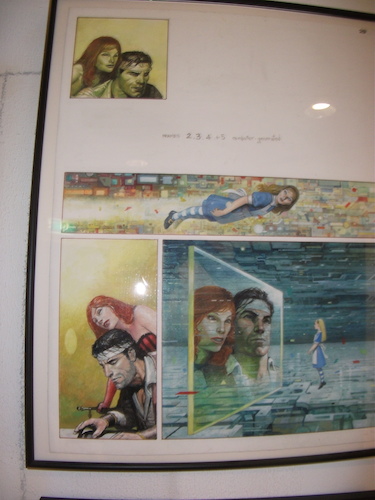










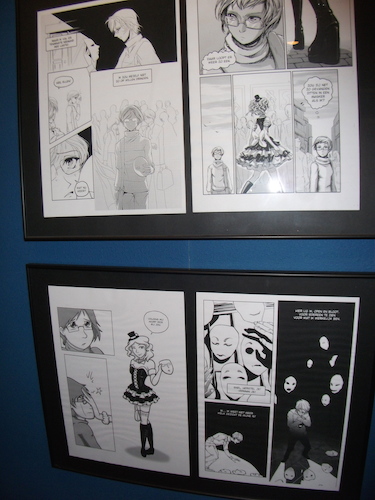


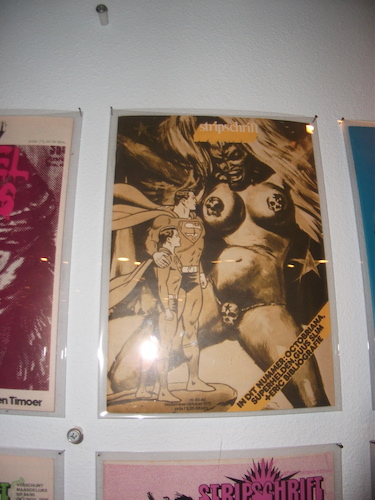
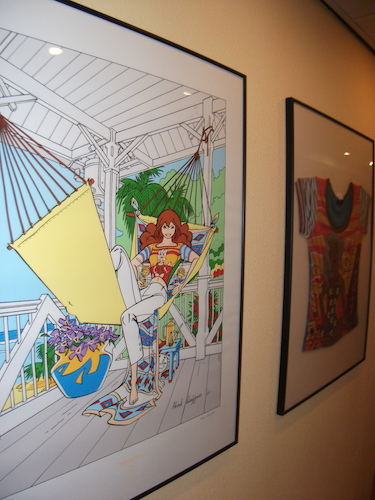


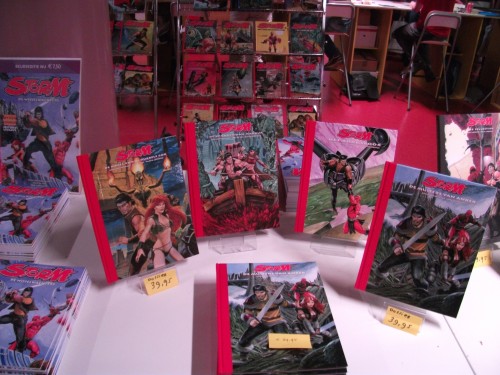

 Martin Lodewijk
Martin Lodewijk



























